What kind of numbers are shocking now? Or incredible? If you were told that a current intercounty manager was offered €80,000 to do the job and held out for six figures, would you believe it? Or that a hugely successful management duo on the club scene commanded €75,000 for a season. Would you think that figure was too outrageous to be true? Or would you just think that, in the GAA now, anything was plausible?
At some point, a principle was conceded in the day-to-day life of the GAA and boundaries collapsed. The association’s rules on amateurism ceased to be a point of conscience or a touchstone for best practice. The pursuit of success turned into a teeming marketplace. Peer pressure shaped the behaviour of county boards and club executives and elite players. What are the winning teams doing? What must we do? Where can we find the money?
For a long time, the most flagrant neglect of the GAA’s foundational amateurism occurred in the intercounty sphere, but that is no longer the case. The most ambitious club teams have always taken their cue from the intercounty game, and as the architecture of preparation became more sophisticated, club teams have made copycat designs on a different scale. There was bound to be a cascade effect.
“What was the intercounty scene 10 years ago is the elite club scene now,” says one veteran administrator.
READ MORE
In real terms, what does that mean? It used to be the case that outside club coaches came as a one-man band, but that is no longer common practice as sports science, strength and conditioning became not just accessible but essential. Most of the experts in that field, though, are professionals who, as you would expect, bill for their services. How many clubs would have people with those qualifications in-house?
Other specialisms trickled down from the intercounty scene: goalkeeping coaches, video analysts, nutritionists. A session with a sports psychologist could cost between €400 and €500 a pop, but many clubs are prepared to embrace that science too. Serious club players want to feel part of a “professional” environment where every angle is covered. Those needs come at a price.
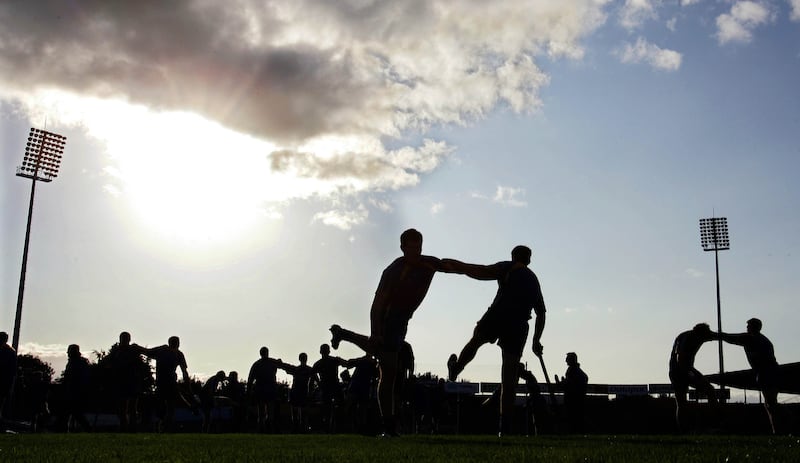
According to one hugely experienced coach in Munster, a club with aspirations to be successful will need a budget of €20,000 to €25,000, if their management team is populated with outsiders. How much of that will end up paying the coach? Rooting around in eight counties, two from each province, the going rate would appear to be €100 to €150 a session, but that figure varies according to the status of the coach and the distances being travelled. Coaches charging €250 a session are not unheard of.
“There was always a circuit with coaches going from club to club, but it has turned into a mini-industry. It’s not sustainable for clubs.”
— - coach in the midwest
According to one Dublin-based coach, many clubs prefer to agree a flat fee for the season, rather than being exposed to a hyperactive schedule. “You could have a fellah charging €150 a session,” he says, “and he starts putting on four sessions a week. A flat fee for the year could be €15,000, but at least you know you’re not going to be paying any more.”
Every club has different resources. One operator in the midwest comes fully loaded with a backroom team and reportedly charges in excess of €30,000 for a season. Another club in that region parted company with a coach who is known to charge €18,000 for his services.
“The whole thing has snowballed,” says one club coach in the midwest. “There was always a circuit with coaches going from club to club, but it has turned into a mini-industry. It’s not sustainable for clubs.”
Over the years availability and suitability were usually established by word-of-mouth or ringing around. Now, clubs are taking to advertising vacancies on social media. One senior football club in Leinster tried it for the first time this year, generating eight replies in the form of emails and CVs. Including coaches that the club executive already had in mind, they had 12 candidates on a long list, and interviewed six of them.
In the course of their due diligence, though, they discovered that some of the coaches who had approached them had also made contact with other clubs in the county. They were determined to end up somewhere.
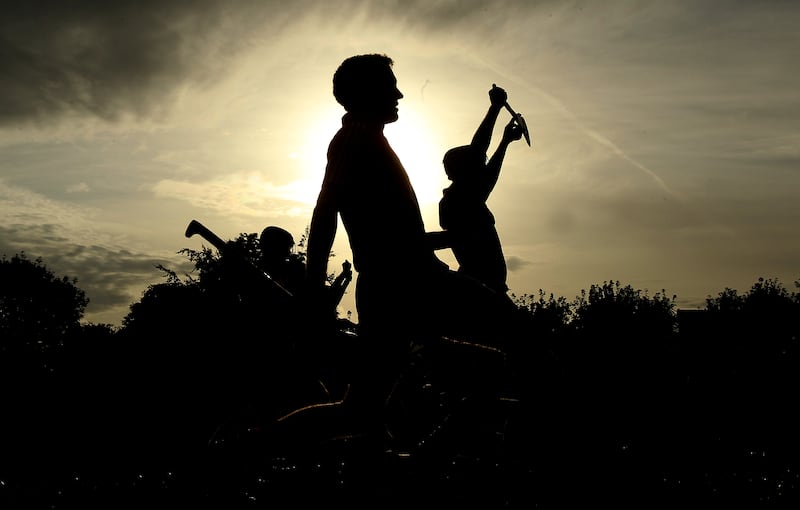
For many coaches on the circuit it is a subsidiary income. To do the job properly the hours involved now are invasive, and nobody would stick it unless they had a genuine passion for working with players. But it also means that coaches who are used to being paid are far less inclined to commit to their home club for two or three years because of the impact on their pocket.
Outside coaches travelling long distances has been a feature of the intercounty scene since Mick O’Dwyer in the 1990s, but on the club scene it tended to be one hop over the nearest county bounds, at most. There is a long-established circuit between south Galway, north Tipperary and Offaly, for example, because there is a huge concentration of hurling clubs in those areas, and the distances involved are not prohibitive.
But even on the club scene now, distance is no longer a barrier for ambitious clubs and coaches. Karl Lacey has taken over as manager of Kilcoo in county Down, a round trip of 210 miles from his home in Letterkenny. The time and energy involved in such commitment at club level is extraordinary.
Nickey Brennan, the former GAA president, was part of a major review of the GAA’s amateur status in 1997 and has witnessed all of the shape-shifting since then. “We know that the intercounty scene is costing north of €25 million – maybe €30 million – to train teams. We have no way of knowing what the equivalent cost is on the club scene, but if you take all the clubs in the country it’s hard to imagine it’s not somewhere in the same order. You’re looking at a €50 million or €60 million and I’ll use the term industry in terms of the preparation of club and county teams.
“That type of expenditure is disproportionate to the whole effort being made to keep an amateur organisation on its feet.”
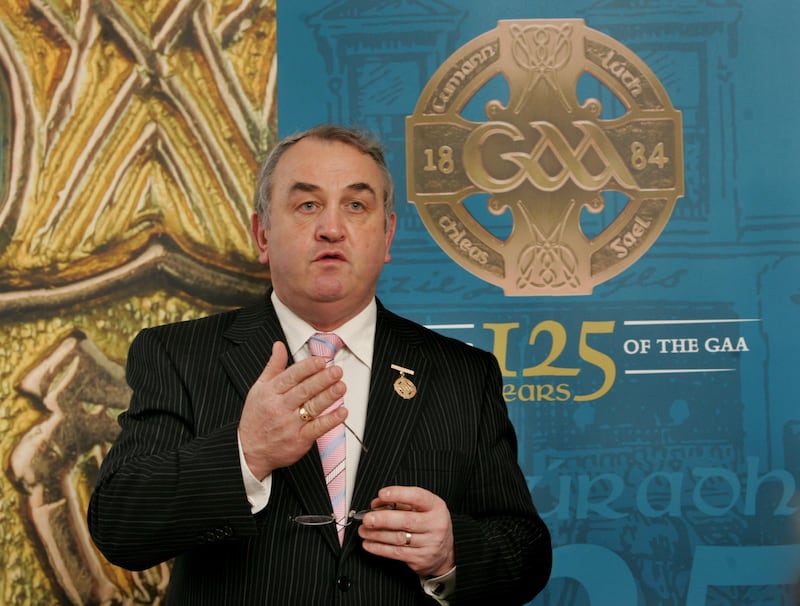
It is 26 years since the amateur review committee, of which Brennan was a member, produced its report. It was such a significant document at the time that a special congress was required eight months later to determine which recommendations would be spat out and which might be digested, after further chewing.
Seen through another lens, it was part of an ongoing process of increasingly anguished reflection: over the previous 15 years there had been seven other reviews of the GAA’s amateur status, none of which had arrived at the last word. Four years later, there would be another one.
By the time Paraic Duffy published his 2010 discussion document – Amateur Status and Payment to Team Managers – it felt like the GAA was struggling to move on from the Latin mass. The great strength of Duffy’s document was the balance it struck between idealism and realism.
The last frontier remains pay-for-play which, for immovable economic reasons, will never be viable. Instead, the GAA changed its rules to allow players benefit from their profile in any way they could
“There is no other issue facing the association,” he wrote, “that brings into sharp focus the disparity between what we preach and what we practice ... It is disagreeable to find oneself accused of hypocrisy and double standards, and particularly so for an organisation that likes to see itself as a force for good. Yet it is difficult to refute such charges.”
Duffy tried valiantly to make the GAA legislate for what had become common practice, but ultimately the GAA was happy with the status quo. In his final report as the GAA’s director general in 2018, Duffy returned to the subject.
“The [discussion] paper noted, in conclusion, that the GAA had to face the reality that doing nothing about the issue did not constitute a viable policy; it simply avoided the issue. In the end, unhappily, that is exactly what we did – we avoided the issue, and that remained the policy.”
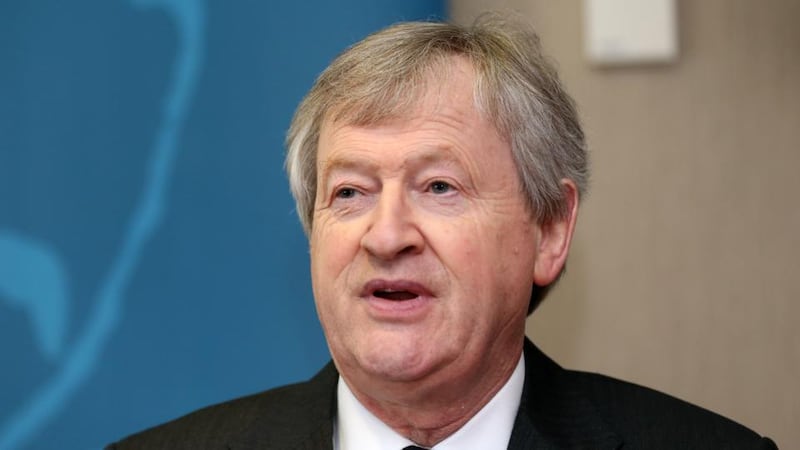
The GAA’s puritanical vision of amateurism had been subverted by the GAA’s rank and file. The vast, vast majority of people in the association were still energised by the noble act of volunteering, but the white cloth of the GAA’s amateur “ethos” was smeared with familiar stains. How many people stood up at a club AGM or a county convention and shook their fists? People accepted the changed norms. Volunteers have been paying the coaches.
The last frontier remains pay-for-play which, for immovable economic reasons, will never be viable. Instead, the GAA changed its rules to allow players benefit from their profile in any way they could. According to an industry source, a high-profile player can expect to make €1,500 for a media appearance on behalf of one of the GAA’s sponsors. The rate for being a brand ambassador, which would include two or three media appearances plus a billboard campaign, would start at €7,500.
But only a tiny proportion of the intercounty playing population could hope to excite those kind of offers. Historically, America was the GAA’s black economy for players seeking to turn a buck on their intercounty status. One All-Ireland winner from the 1980s says that he was able to command $1,000 for a one-match, weekend trip back then. There was one summer when he won three different championships in America, while still playing for his county.
Eventually the New York GAA board clamped down on the practice. “It was getting outrageous the money that was being thrown at these fellas,” says one veteran of the New York GAA scene. “It just got out of control. Everyone got sucked into a bidding war [for players]. Literally, there were players changing teams at the airport because they got a better offer. It was the wild west.”
Croke Park tightened the rules around temporary transfers to America too, but one of the unintended consequences of the split season was that it suddenly became easier for intercounty players eliminated early in the championship to spend six weeks or two months in the States, and still be home in the time for their club championship. New York have stopped accepting current intercounty players in their championships, but all of the other major GAA cities in America are governed by a different board; their clubs are happy to host stars from the old country.
“You’d hear what’s going on in other places,” says the New York GAA veteran. “Anecdotally, you’d hear about the top intercounty players getting 10 grand.”
If it’s true, is it anything new? Are there GAA people at home up in arms? Maybe, but not so you’d notice.
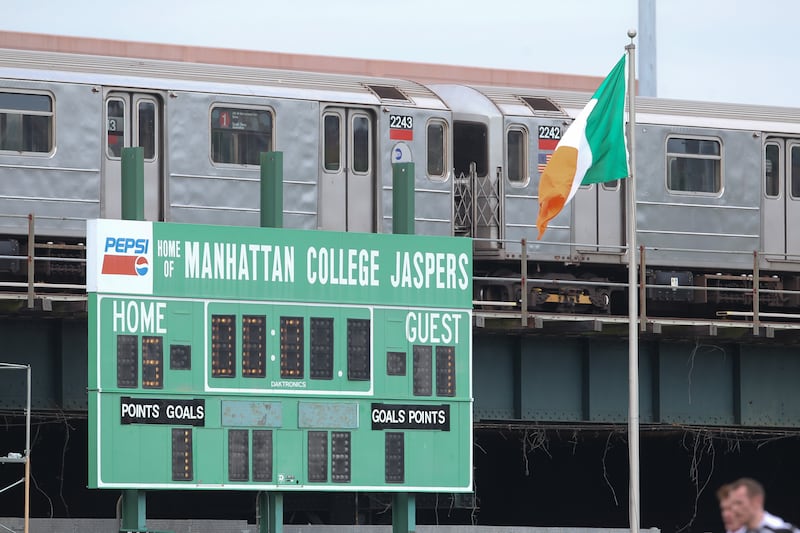
In the GAA’s latest strategic plan, amateurism is listed as one of the association’s core values. “We safeguard our position as the leading amateur games organisation in the world,” it reads, defiantly.
Jarlath Burns is the incoming GAA president, and in his press conference on the day he was elected he spoke about defending amateurism. “You do have to remember we have an amateur status,” he said, “and I don’t think we are protecting it strongly enough with regard to the number of times we are asking our players to train, their cardiovascular load, the number [of people] in backroom teams, the size of panels.”
Does that signal a meaningful, realistic conversation when Burns takes office? Or is the GAA’s general membership any more inclined to do that now than it was when Duffy laid down the challenge? For a long time, everyone has done as they pleased, regardless: unpoliced and unpunished. Will that change?
“I’d love to go back to a day when you trained on Tuesday and Thursday, played a match at the weekend, had a few pints afterwards, and still had a chance to win the championship,” says a Dublin club coach. “But it’s very hard to put the toothpaste back in the tube.”
That’s the reality.


















